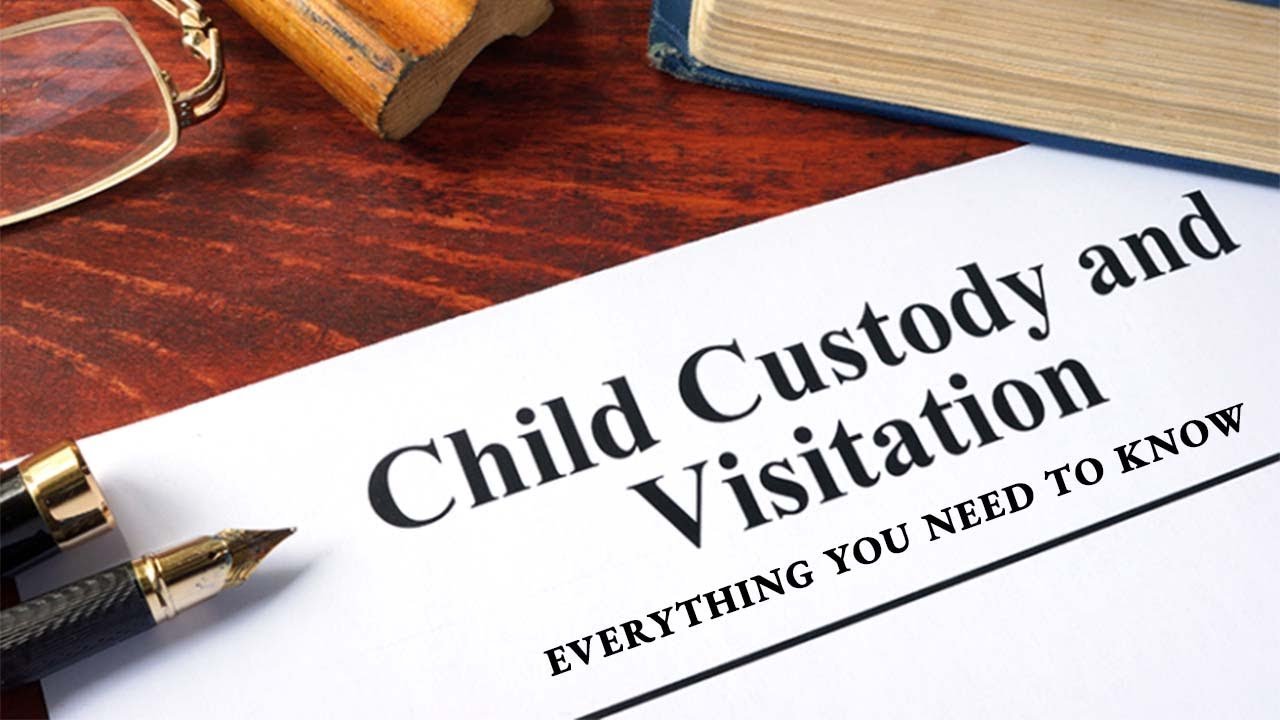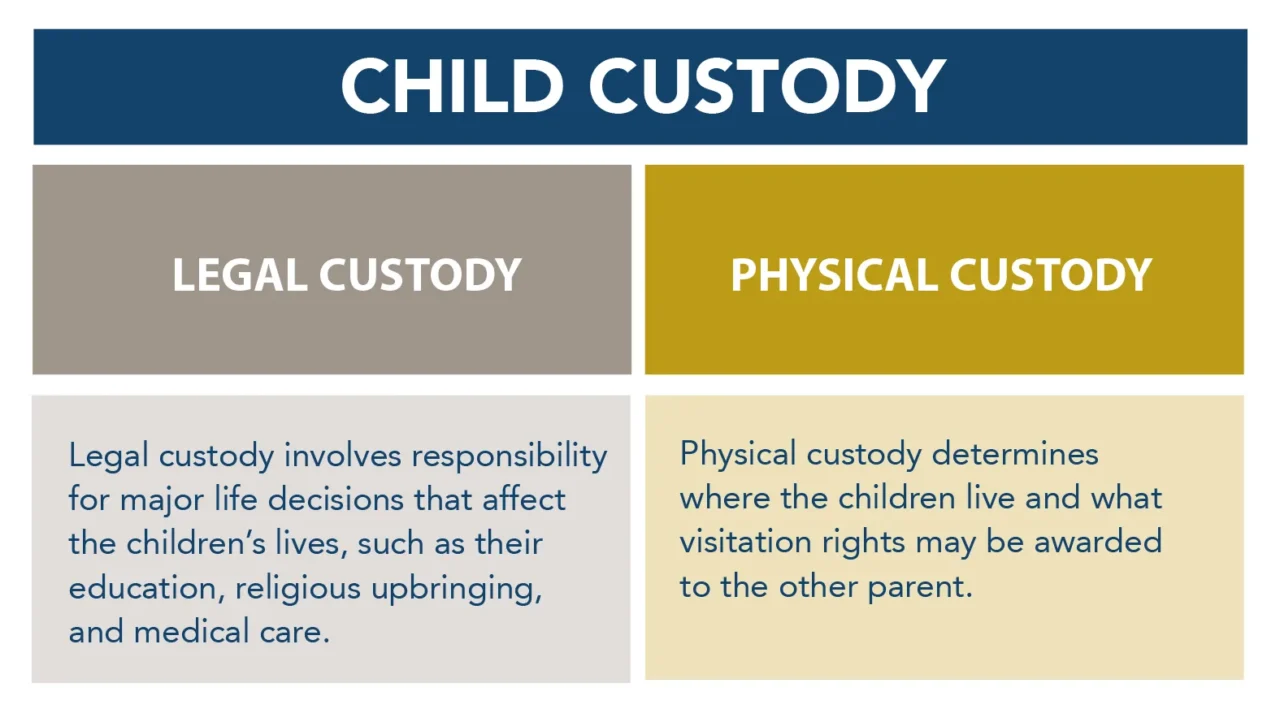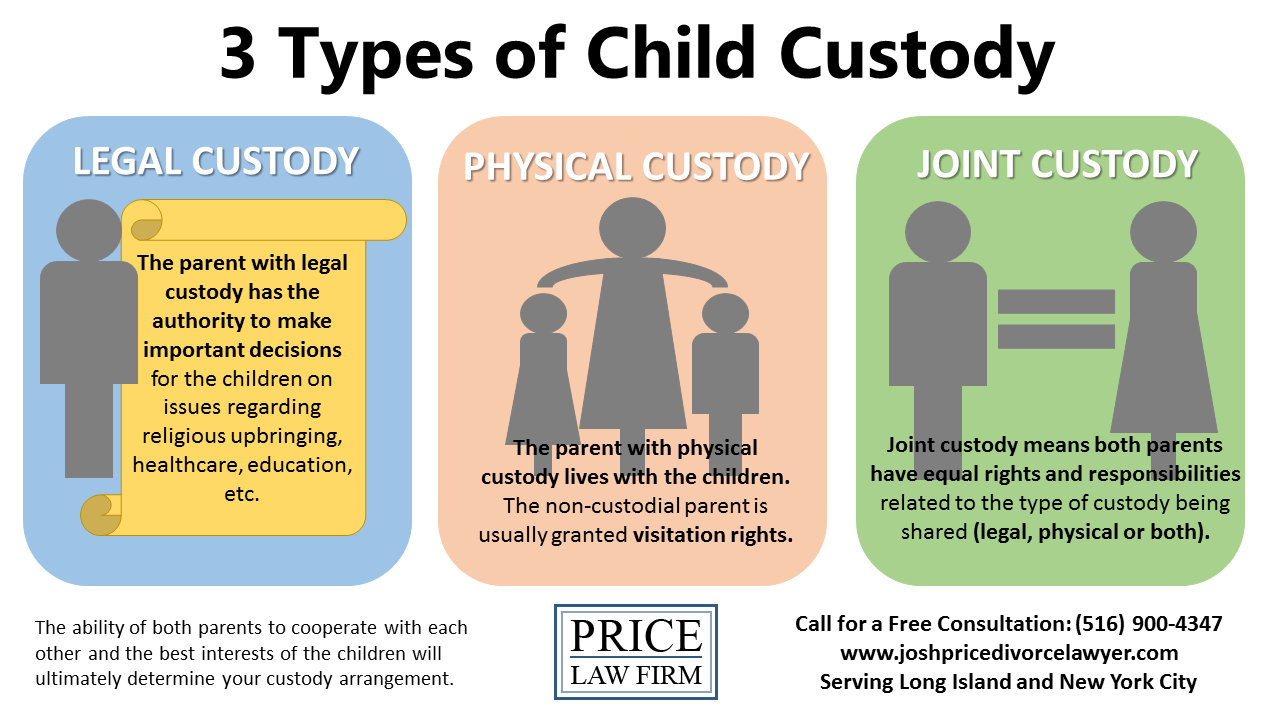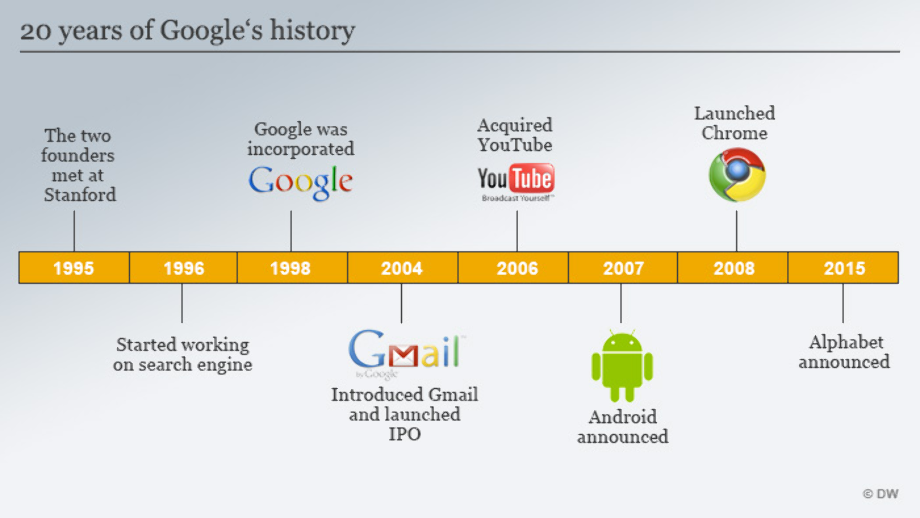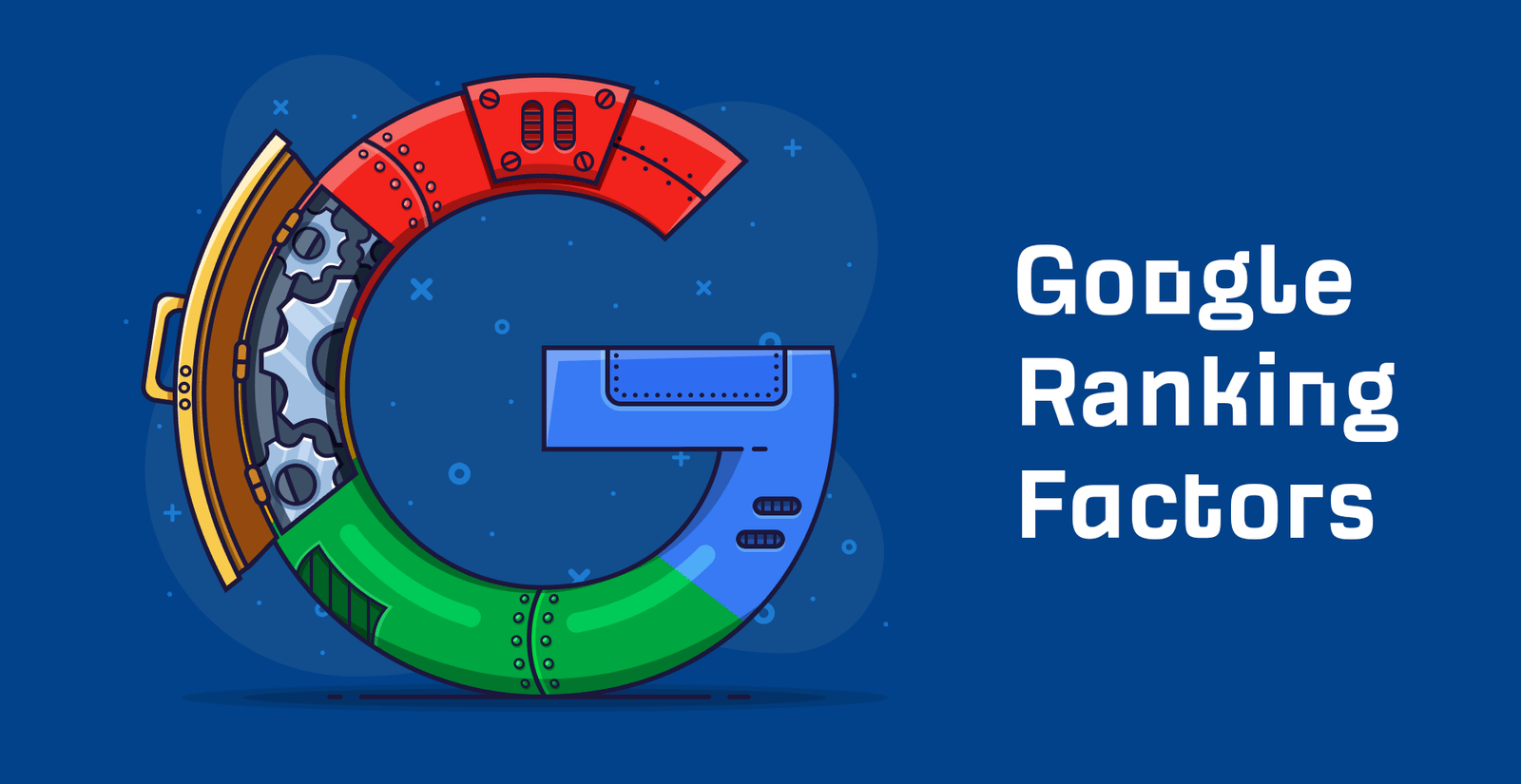Blog
“Ex-Project 2025 Director Accuses Trump Advisers of ‘Malpractice'”

Paul Dans
“Ex-Project 2025 Director Accuses Trump Advisers of ‘Malpractice” Paul Dans, a key figure, stepped down, disassociating himself from the Trump campaign. His departure in July was a significant development that campaign managers initially tried to downplay. Dans was vocal about the errors and misjudgments he believed were jeopardizing the campaign’s chances of beating the Democratic nominee, Kamala Harris. His blunt statements left no room for ambiguity, and his criticisms hit the core of the campaign’s operational strategies. He accused the advisers of malpractice and misrepresenting their influence on the campaign’s success.
Susie Wiles
Susie Wiles’ involvement raised eyebrows when she openly criticized the campaign’s moderate policy proposals. She argued the campaign was not adequately prepared for the presidential election. Her viewpoint aligned with the sentiments of those who felt the campaign’s overconfidence was unjustified. The hashtag #FireLaCivita gained traction on social media, reflecting growing dissatisfaction among supporters. Wiles’ comments were echoed in various reports, including CNN, which highlighted her concerns about the campaign’s direction.
Chris LaCivita
Chris LaCivita faced a storm of criticism, encapsulated by the hashtag #FireLaCivita. His role as one of Trump’s campaign managers was under scrutiny. The New York Times reported on the internal conflicts, with many blaming LaCivita for the campaign’s missteps. LaCivita’s public face-to-face and attempts to moderate the campaign’s tone were seen as evidence of deeper issues within the team. Some attendees dismissed his suggestions during the annual conference as ridiculous and abysmal. This criticism was not only from the public, but also from the campaign staff, who were eager for a more aggressive approach.
Trump
Donald Trump’s influence on the campaign was undeniable. His public statements often contradicted the careful messaging planned by his advisers. This inconsistency led to a series of misjudgments that were difficult to recover from. Trump’s overconfidence in beating Biden’s exit polls did not help either. His decision to endorse Robert F Kennedy Jr.’s independent campaign added a layer of complexity to the already tumultuous race. Despite these challenges, Trump remained adamant that his team was doing a great job. In his statement, he expressed happiness with their performance, although many insiders disagreed.
Biden Exit
The Biden exit strategy was a crucial factor that the Trump campaign needed to counter. However, the advisers’ mistakes in strategy and miscalculations made it difficult to effectively leverage Biden’s weaknesses. The Republican nominee’s team had to battle not just the Democratic nominee, but also the internal disarray that seemed to plague their efforts. Although the campaign aimed to advertise their links and criticize Biden’s policy proposals, their efforts were often undermined by their own disorganization and infighting.
Project 2025
The Project 2025 initiative was intended to be a right-wing blueprint for reshaping the US government. Spearheaded by the conservative Heritage Foundation, the project aimed to place Trump loyalists in key positions, particularly within the education department. The 922-page tome outlined radical plans to restrict abortion and contraception, which were expected to be part of Trump’s manifesto. Kevin Roberts, the president of the Heritage Foundation, described the plan as a “bloodless second revolution” during a podcast interview.
Rightwing Blueprint
The right wing blueprint detailed in the Project 2025 document aimed to reshape the US government fundamentally. It called for replacing career civil servants with Trump loyalists and implementing radical plans within the education department. The initiative was touted as a “second revolution,” a bloodless takeover designed to cement conservative values in the federal bureaucracy. Kevin Roberts’ keynote address at the annual conference highlighted these goals, positioning the plan as essential for the future of the Republican agenda.
US Government
According to Project 2025, the US government needed a comprehensive restructuring. The document proposed significant plans to restrict abortion and contraception, aiming to substantially influence reproductive rights policy. The initiative also included measures to reshape various government departments, placing Trump loyalists in strategic positions. This plan faced criticism from both the left and moderate conservatives, who found the suggestions either too extreme or unattainable.
Donald Trump
Donald Trump’s involvement in Project 2025 and his influence on the campaign were pivotal. His presidency had already set the stage for many of the initiatives proposed in the right wing blueprint. Trump loyalists were expected to play a significant role in these plans, aiming to consolidate his influence within the US government. Despite the controversies and criticism, Trump remained steadfast in his support for the project’s goals.
Campaign Managers
The campaign managers, including Corey Lewandowski and Chris LaCivita, were tasked with navigating the complex landscape of the presidential election. Lewandowski, known for his pugnacious style, was a key figure in Trump’s 2016 campaign. However, the current campaign faced new challenges, with missteps and internal conflicts causing significant hurdles. The ability of campaign managers to steer the team towards a cohesive strategy was continually tested.
Presidential Election
The presidential election was a high-stakes race, with the Republican nominee facing significant challenges. The errors of campaign advisers and internal conflicts jeopardized their chances of success. The team’s ability to adapt and respond to these challenges was crucial. Misjudgments and overconfidence were recurring themes, making it difficult to present a united front against the Democratic nominee.
Stepped Down
When Paul Dans stepped down, it sent shock waves through the campaign. His departure highlighted the internal disagreements and challenges faced by the team. Dans’ accusations of malpractice and his dissociation from the campaign added to the mounting criticism. His decision to leave was seen as a significant blow, impacting morale and the campaign’s public image.
Director
The role of director within the campaign was fraught with challenges. The position required balancing strategic planning with the need to address internal conflicts. The director’s ability to manage these dynamics was crucial for maintaining a coherent campaign strategy. The missteps and errors highlighted by Paul Dans underscored the difficulties faced by those in leadership roles.
July
July was a pivotal month for the campaign. It marked the departure of Paul Dans and brought to light many of the internal conflicts that had been brewing. The events of this month had a lasting impact, shaping the campaign’s trajectory and influencing public perception. The timing of Dans’ departure added urgency to addressing the campaign’s strategy and operations.
Dissociated
Paul Dans’ decision to dissociate himself from the campaign was a significant development. Consequently, his public criticism and accusations of malpractice added fuel to the fire, thereby amplifying the challenges faced by the team. Moreover, Dans’ departure was not just a loss of a key figure but also a blow to the campaign’s credibility and cohesion.
Fire
Calls to fire Chris LaCivita gained momentum, reflecting the growing dissatisfaction within the campaign. The hashtag #FireLaCivita became a rallying cry for those who felt the campaign needed a new direction. LaCivita’s role and the criticism he faced were emblematic of the broader challenges within the team.
Advisers
The campaign advisers were under intense scrutiny. Their errors and misjudgments were seen as jeopardizing the campaign’s chances of success. Internal conflicts and public criticism highlighted the need for a more cohesive and strategic approach. The advisers’ ability to adapt and address these issues was crucial for the campaign’s future.
Blog
what is joint custody: Latest
Blog
Best Vacation Spots in the US:

A Guide for Citizens and Visitors
Best Vacation Spots in the US: The United States is a treasure trove of vacation destinations, offering an incredible variety of landscapes, cultures, and experiences. Whether you are a U.S. citizen exploring your own backyard or a traveler from abroad looking to immerse yourself in the American experience, there’s something for everyone. Here are some of the best vacation spots in the U.S. to consider for your next adventure.
1. New York City, New York
For a city that never sleeps, New York is a must-visit destination. Home to iconic landmarks like Times Square, the Statue of Liberty, and Central Park, the city offers a vibrant mix of culture, cuisine, and entertainment. Don’t miss the Broadway shows, world-class museums like the MET, and the bustling neighborhoods like SoHo and Williamsburg.
- Ideal For: Culture enthusiasts, foodies, and urban adventurers.
- Pro Tip: Visit during spring or fall to enjoy pleasant weather and fewer crowds.
2. Grand Canyon, Arizona
This natural wonder is awe-inspiring and a perfect destination for nature lovers. Hike along the South Rim, take a helicopter tour for breathtaking views, or raft down the Colorado River for an unforgettable adventure.
- Ideal For: Outdoor enthusiasts and families.
- Pro Tip: Sunrise and sunset offer the most stunning views.
3. Honolulu, Hawaii
Experience the tropical paradise of Hawaii’s capital city. From the famous Waikiki Beach to the historic Pearl Harbor sites, Honolulu is a blend of relaxation and cultural heritage.
- Ideal For: Beach lovers, surfers, and history buffs.
- Pro Tip: Explore nearby attractions like Diamond Head and Hanauma Bay for snorkeling.
4. Yellowstone National Park, Wyoming/Montana/Idaho
America’s first national park is a wonderland of geysers, hot springs, and diverse wildlife. Old Faithful and the Grand Prismatic Spring are must-sees, but the park also offers incredible hiking and camping opportunities.
- Ideal For: Nature lovers and adventure seekers.
- Pro Tip: Visit during late spring or early fall to avoid the summer crowds.
5. New Orleans, Louisiana
Known for its vibrant culture, jazz music, and Creole cuisine, New Orleans is a city like no other. The French Quarter, Bourbon Street, and Mardi Gras are just the beginning of what this lively city has to offer.
- Ideal For: Music lovers, food enthusiasts, and partygoers.
- Pro Tip: Visit in April for the New Orleans Jazz & Heritage Festival.
6. San Francisco, California
Famous for the Golden Gate Bridge, Alcatraz Island, and its eclectic neighborhoods, San Francisco offers a mix of natural beauty and urban charm. Explore Fisherman’s Wharf, ride the iconic cable cars, and take a day trip to wine country.
- Ideal For: Couples, families, and solo travelers.
- Pro Tip: Bring layers; the weather can change quickly.
7. Orlando, Florida
Orlando is a family-friendly destination that promises fun for all ages. Home to Walt Disney World, Universal Studios, and SeaWorld, it’s the ultimate spot for theme park enthusiasts.
- Ideal For: Families and thrill-seekers.
- Pro Tip: Plan your visit during weekdays to avoid long lines.
8. Las Vegas, Nevada
The entertainment capital of the world, Las Vegas is known for its vibrant nightlife, luxurious resorts, and world-class dining. Beyond the casinos, visitors can explore nearby attractions like the Hoover Dam and Red Rock Canyon.
- Ideal For: Nightlife enthusiasts and luxury travelers.
- Pro Tip: Check out the free shows like the Bellagio Fountains.
9. Charleston, South Carolina
This charming Southern city is known for its historic architecture, cobblestone streets, and warm hospitality. Visit the historic plantations, enjoy a carriage ride, and indulge in delicious Lowcountry cuisine.
- Ideal For: History buffs and couples.
- Pro Tip: Springtime offers beautiful blooms and pleasant weather.
10. Anchorage, Alaska
Best Vacation Spots in the US: For a taste of the wild, Anchorage is the gateway to Alaska’s rugged beauty. Experience glaciers, wildlife, and stunning mountain views. Don’t miss a cruise through the Kenai Fjords or a visit to Denali National Park.
- Ideal For: Adventure seekers and nature lovers.
- Pro Tip: Summer offers extended daylight hours to explore more.
The United States offers a rich tapestry of experiences, making it a top destination for travelers from all walks of life. Whether you’re looking for thrilling adventures, serene landscapes, or cultural immersion, the perfect vacation spot awaits you. Start planning your journey today!
Blog
The History of Google: Global Tech Giant
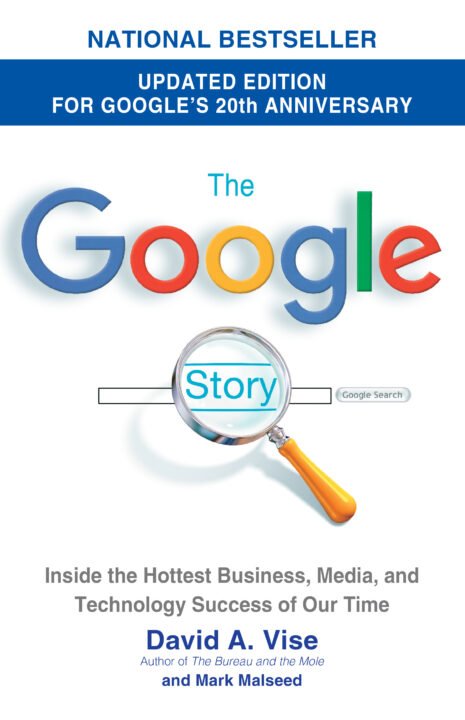
The History of Google: From a Research Project to a Global Giant
History of Google vision, and adaptability. Here’s a deep dive into the history of Google, its evolution, and its impact on the digital age.
Early Beginnings: The Birth of Google
Google was founded in September 1998 by Larry Page and Sergey Brin, both Stanford University graduate students. The pair met in 1995 when Larry was considering attending Stanford for his PhD and was introduced to Sergey, who was already a student. They began working together on a search engine project as part of Larry’s doctoral thesis.
Initially, the duo worked on a project called BackRub, which used a novel algorithm to rank web pages based on the number and quality of links pointing to them. This was a departure from the keyword-based search algorithms that were common at the time. They quickly realized the potential of this idea, which led to the creation of Google.
The name “Google” is a play on the word “googol,” which refers to the number 1 followed by 100 zeros, symbolizing the founders’ mission to organize an immense amount of information on the web.
The Early Growth: Launch and Expansion
Google’s first public release was in 1998, when it was still in beta and running on the Stanford University servers. The search engine quickly gained popularity due to its cleaner, faster interface and more relevant search results. By 1999, the company moved into a garage in Menlo Park, California, which is often considered Google’s official startup base.
In 2000, Google introduced its AdWords program, which allowed businesses to advertise on Google’s search results. This program became the backbone of Google’s revenue model, allowing the company to scale its operations rapidly.
Becoming a Household Name: IPO and Global Expansion
Google’s exponential growth continued in the early 2000s. The company expanded its range of services, including the introduction of Gmail in 2004, which revolutionized email with its 1GB storage and the use of an innovative conversation-based interface.
In 2004, Google went public, with its Initial Public Offering (IPO) raising nearly $2 billion. The stock price skyrocketed, and Google became a publicly traded company. This marked a pivotal moment in the company’s journey, solidifying its place in Silicon Valley’s elite tech companies.
After the IPO, Google continued to expand by acquiring other companies. In 2006, it acquired YouTube, further broadening its scope to video sharing. Over the next few years, Google acquired several other companies, including Android Inc. in 2005, which led to the development of the Android operating system—a key player in the mobile revolution.
The Google Era: Dominance and Innovation
In the following years, Google expanded into various markets, including cloud computing, hardware, and artificial intelligence. The company launched products like Google Maps, Google Drive, and Google Chrome, which have become central to everyday internet usage.
In 2015, Google reorganized itself under a new parent company called Alphabet Inc., with Google becoming its largest subsidiary. This restructuring allowed the company to focus on its core business while also exploring new ventures, including life sciences and autonomous vehicles through its various “Other Bets.”
Google also made strides in AI and machine learning with products like Google Assistant, Google Translate, and Google Cloud AI. The company’s algorithms are integral to billions of searches, and its AI-based technologies continue to drive innovation in numerous industries.
Controversies and Challenges
While Google’s success is undeniable, the company has also faced numerous controversies. Critics have raised concerns about issues such as privacy, monopoly, and censorship. Google has been involved in various antitrust investigations, particularly in the United States and Europe, over its dominance in the search engine market and its handling of user data.
The Future of Google
As of today, Google is an omnipresent force in the digital world, with products and services that touch nearly every aspect of modern life. The company’s search engine remains the most widely used globally, while innovations in AI, cloud computing, and self-driving technology position it to continue its growth for years to come.
Summary
From its humble beginnings as a university research project to a global technology leader, Google has dramatically transformed the way we interact with information. Its expansion into new markets and innovations in AI, search technology, and cloud services suggest that Google’s journey is far from over.
For further reading, you can refer to these sources:
-

 SEO3 months ago
SEO3 months agoBest website platform for seo: top 5 popular websites, 1-book, 25 Top Free SEO Tools,
-

 Blog5 months ago
Blog5 months agoMaria Taylor’s Husband: Jonathan Lee Hemphill’s Job, Family, and Kids Explained
-

 FASHION2 months ago
FASHION2 months agoOld-Fashioned: Styles Across Generation
-

 SEO3 months ago
SEO3 months agoGoogle Ranking Factors: top 50 factors
-

 TECH2 months ago
TECH2 months agoRadiology Tech: Prices, Features, and Buy
-

 Blog2 months ago
Blog2 months agoSigns of a Healthy Relationship:
-

 YOGA2 months ago
YOGA2 months agoDental Care: Can Increase Your Life Expectancy
-

 SEO3 months ago
SEO3 months agoDoes google business profile posting improve rankings: A Latest Guide to Google Visibility books



